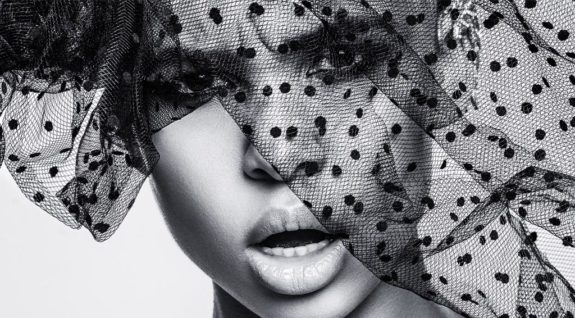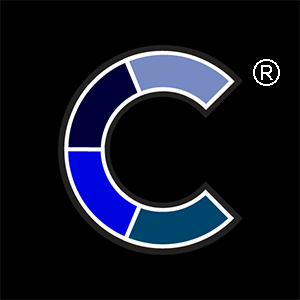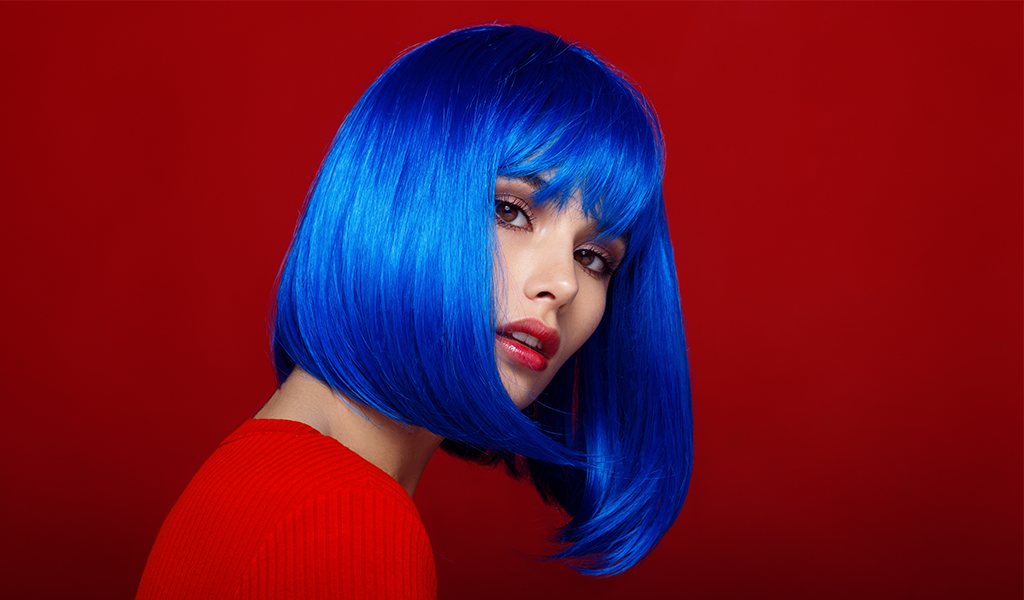
When choosing new garments for your wardrobe, redecorating your home or office, or even deciding the best color for your new laptop cover, you may wonder, “What are the colors that will offer me a quality of feeling and improve my life?”
Wearing, utilizing, and surrounding yourself with your confident colors can enhance your appearance, enable you to think more clearly, produce feelings of well-being, motivate you to act your best, assist you in absorbing new concepts more readily and distinctly, and aid you in healing.
C Color® offers a nuanced, individualized approach to distinguishing your genetically preferred colors. With C Color, you will be able to ascertain and choose the optimal colors that can advance self-assuredness, increase happiness, and foster welfare; all agreeable factors in your life.
C Color Teaches You To Look Inside For Color
C Color has classified millions of colors into four distinct C Color Spectrums.
Below is the first example of how individuals from each of the four C Color Spectrums can wear blue, and navy, colors.
Please note that clothing and accessory colors are for reference only and do not represent the models’ C Color Spectrums.
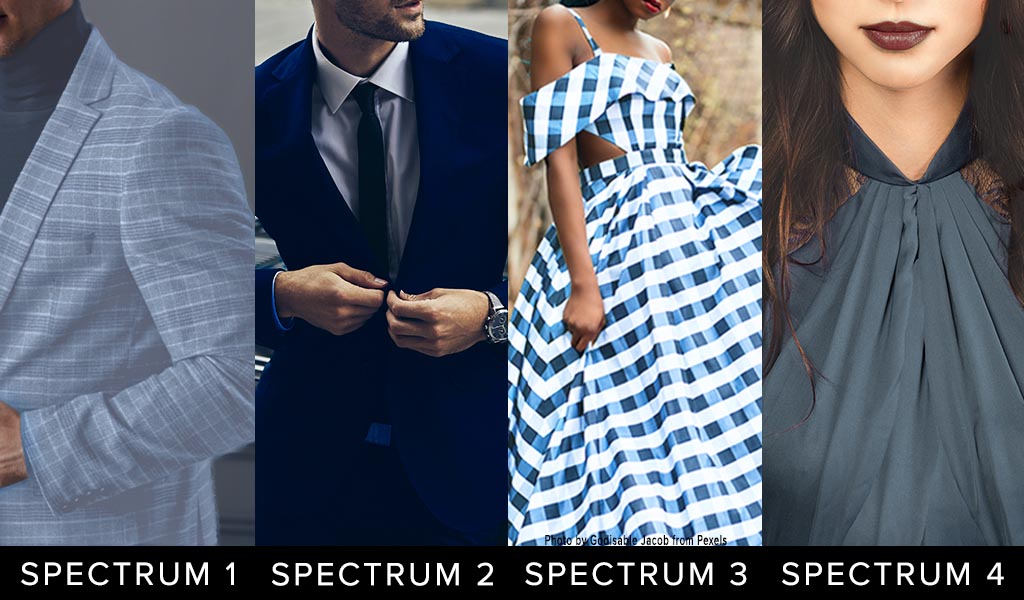 UTILIZE THE C COLOR APP TO CONFIRM YOUR C COLOR SPECTRUM COLORS
UTILIZE THE C COLOR APP TO CONFIRM YOUR C COLOR SPECTRUM COLORS
Notice the differences in the four C Color Spectrums:
- C Color Spectrum 1 Blues are Cool Blue Based, Less Saturated, Appear Rubbed with Ash
- C Color Spectrum 2 Navy is Cool Blue Based, More Saturated
- C Color Spectrum 3 Blue and Ivory pattern is Warm Yellow Based, Moderately Saturated
- C Color Spectrum 4 Navy is Warm Red Based, Less Saturated, Appears Rubbed with Earth
The key to the classification of all colors is the temperature, saturation, and predominant base of one of the primary colors of blue, yellow, or red.
Conversely, wearing, utilizing, and surrounding yourself with the wrong colors can produce a negative impact on your appearance, thoughts, feelings, actions, learning, and healing.
Color psychology traditionally connects certain colors to specific feelings or reactions. For example, you may have learned that purple is a “power color” or that wearing red to a job interview can single you out; albeit, the temperature, saturation, and predominant base of those colors are the conclusive factors regarding whether the colors are favorable for you. All individuals do not benefit from the same shade of purple and red, and that is true for all of the 16.7 million identified colors in the world.
“If one says Red and there are 50 people listening, it can be expected that there will be 50 reds in their minds. And one can be sure that all these reds will be very different. There are innumerable colors, but only about 30 names for them. And even if you could describe all of those colors, wouldn’t your sense of them still differ from someone else’s?”
…Excerpt from Artist and Yale Professor, Josef Albert, “The Interaction Of Color” 1963
This article explores the connection between color and confidence and supports you in uncovering the unparalleled colors for living a most purposeful life at home, in business, and beyond.
The Psychology Behind Confident Colors
Psychologists have long studied the connection between color, state of mind, and cognitive abilities.
One example from traditional color psychology is that glancing at the color red briefly prior to an important test will negatively affect test scores. In the Journal of Experimental Psychology, researchers concluded that red can trigger anxiety because it is commonly associated with emergencies and stop signs.
Most studies ignore the fact that millions of variations of red exist and that each hue can have different and specific effects on individuals. Another example is that traditional color psychology reveals conflicting information on the primary colors in relation to confidence.
- Blue: Traditional theories suggest that blue is associated with calmness and sadness, two very different emotional states.
- Yellow: Studies interpret yellow as an energizing and rejuvenating color, yet it is also thought to induce anxiety.
- Red: Color psychologists associate red with passion and love, but also with courage and rage. For example, one red hue can increase heat and lead to unexplained bursts of anxiety or anger in some, but for others, that same hue can promote courage.
The inconsistency in relation to the blue, yellow, and red studies mentioned above is due to the fact, that the temperature, saturation, and predominant primary color base of the hue was not taken into consideration.
A blue hue with a Cool Blue Ash Base could elicit feelings of sadness in a C Color Spectrum 3 individual. Alternatively, a Warm Yellow Based blue could elicit feelings of calmness in the C Color Spectrum 3 individual.
Similarly, a Cool Blue Based yellow can be an energizing and rejuvenating hue for C Color Spectrum 2 individuals and create anxiety in a C Color Spectrum 4 individual.
A Warm Red Earth Based red hue could increased heat in a C Color Spectrum 1 individual and lead to unexplained bursts of anxiety or anger. On the other hand, the Warm Red Earth Based red hue could promote courage in a C Color Spectrum 4 individual.
Accordingly, a Cool Blue Ash Based red hue could promote courage in a C Color Spectrum 1 individual and increase heat and negative emotions in a C Color Spectrum 4 individual.
The key to all colors is the temperature, saturation, and predominant base of one of the primary colors of either blue, yellow, or red.
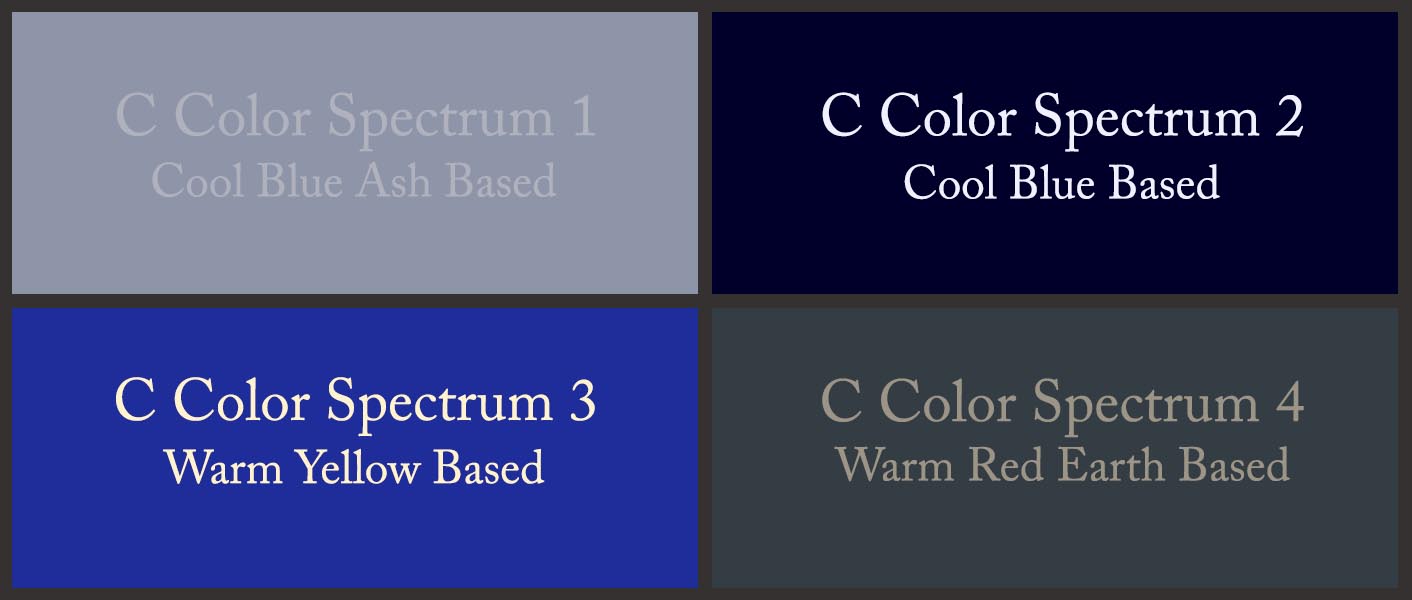
The above color quadrant displays a Cool Blue Ash Based blue color, a Cool Blue Based navy color, a Warm Yellow Based blue color, and a Warm Red Earth Based blue color, as examples to further distinguish the four C Color Spectrums. Each C Color Spectrum® contains millions of every color.
Relying on conventional color psychology or color theories to verify your confident colors can lead to contradictory or ineffective results. The studies assume that most individuals will feel or react the same way to the same colors, along with the fact that the theories rely on external features to verify an individual’s colors. Traditional color psychology and the features protocol color theory also ignore the millions of color variations that exist and do not account for the inherent color inclinations of each individual.

How To Identify Your Confident Colors
Choosing the superlative colors for your clothing, home, office, automobile interiors and exteriors, and all else in your world can be a critical component of your overall success in life.
How can you accurately and effortlessly discover your consummate colors?
C Color® is the only DNA implied color Methodology that can define and confirm the colors that can provide certitude. You are born with intrinsic predispositions toward colors; consequently, you embody the virtue of color intelligence.

C Color® is the first and only company to quantify intuitive color preferences. Quantifying intuitive color partialities is the specialty of our lifestyle technology company.
The C Color Ideology and Methodology will sustain you in living life in your matchless color environment.
C Color has classified the 16.7 million colors in the world into four distinct C Color Spectrum® categories. All of the colors within a C Color Spectrum share the temperature, saturation, and predominant foundation color, consisting of one of the primary colors of blue, yellow, and red. Individuals only belong to one C Color Spectrum.
C Color Spectrum 1 consists of Cool Blue Ash Based Colors; C Color Spectrum 2 consists of Cool Blue Based Colors; C Color Spectrum 3 consists of Warm Yellow Based Colors; and C Color Spectrum 4 consists of Warm Red Earth Based Colors.
C Color® has an online store to further direct you in your endeavor with colors.
C COLOR COORDINATES
Interchangeable Colors And Patterns In Your C Color Spectrum Developed As Examples For Fashion And Décor
Prerequisite: C Color Quiz
Palettes are supplemental to the C Color App
Below is the second example of how individuals from each of the four C Color Spectrums can wear blue colors.
Please note that clothing and accessory colors are for reference only and do not represent the models’ C Color Spectrums.
NOTE: THIS COMPOSITE IS BEING UPDATED FOR COLOR ACCURACY
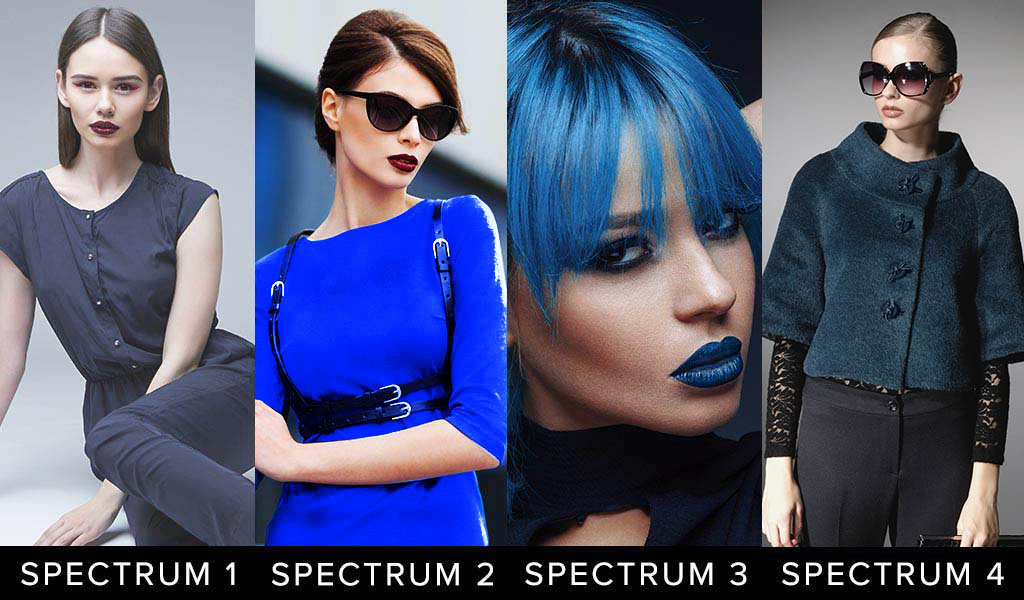 UTILIZE THE C COLOR APP TO CONFIRM YOUR C COLOR SPECTRUM COLORS
UTILIZE THE C COLOR APP TO CONFIRM YOUR C COLOR SPECTRUM COLORS
Notice the differences in the four C Color Spectrums:
- C Color Spectrum 1 Blue is Cool Blue Based, Less Saturated, Appears Rubbed with Ash
- C Color Spectrum 2 Blue is Cool Blue Based, More Saturated
- C Color Spectrum 3 Blue is Warm Yellow Based, Moderately Saturated
- C Color Spectrum 4 Blue is Warm Red Based, Less Saturated, Appears Rubbed with Earth
The key to the classification of all colors is the temperature, saturation, and predominant base of one of the primary colors of blue, yellow, or red.
The proprietary C Color® Quiz determines your C Color Spectrum® and is the beginning of your education regarding the colors that can escalate your self-possession.
The objective of the C Color® Quiz is to select the color quadrant that immediately catches your eye. In doing so, you are following your immanent color proclivities. Thinking about your color choices will skew your results, as the accurate results emanate from intuitive selections, not thought choices.
Due to this reason, receiving a Personal C Color Analysis differs from all others on the market.
The efficacy of the C Color Quiz is 99.8%. We do not guarantee hundred percent efficacy, as clients may not consistently follow their innate preferences or intuition throughout the C Color Quiz.
Once your C Color Spectrum is established, employ the C Color App to disclose to you whether or not all items in your world are within your C Color Spectrum®.
- All colors contain numerous colors; therefore, it is imperative while shopping in stores or online to photograph the item that you are considering at a distance and to color correct the photograph with the Lighting and Filters features.
- The photographed color must match the color of the actual item that the eyes see.
- Once the above two steps are completed, choose a zoomed in section of the pure color, even if blurred to match, and the C Color App will reveal whether or not the color is within your C Color Spectrum®.
- Apply the built-in capability of the Smartphone to lighten or darken the photograph, if necessary.
- Avoid bright areas and shadowed areas, as those conditions can affect the color match.
The zooming capacity of the C Color Matching Technology has been embellished to allow for greater accuracy. This improvement ensures that the purest color of the article to be matched can be identified more proficiently and opportunely.
The C Color App has been upgraded to include a color matching Instructional Video, C Color Courses, C Color E-Books, and C Color Spectrum Virtual Color Galleries.
C Color Spectrum Virtual Color Galleries within the C Color App were developed as a vantage point for you from which to better understand the colors within your C Color Spectrum.
The C Color App is a comprehensive color palette that identifies the limitless number of colors that are available to you. These colors are all from within your C Color Spectrum. Appropriately, the C Color Spectrum Virtual Color Galleries are supplemental to the C Color App.
Please be sure to visit the C Color Website.
The refreshed C Color Website includes a plethora of engaging content, simple navigability, and instructive visuals representative of each C Color Spectrum.
Browse the C Color Website and C Color Blog Posts for a colorful experience and inspiration regarding all things color.
C Color is an Amazon Influencer. The products offered in the C Color Blog Post are certified to be within C Color Spectrum 3.
C COLOR CURATED PRODUCTS
Coordinated And Interchangeable Products In C Color Spectrum 3
If products are unavailable, Amazon will suggest substitute products. The C Color App will verify if these products are within your C Color Spectrum.
As an Amazon Influencer, C Color earns from qualifying purchases.
The C Color® App, is accurate, meets your color needs, answers your color questions, assists you in color decision making and saves you thousands of dollars by eliminating misguided color choices, all resulting in certainty by means of color.
Color Confidence is at your fingertips, on your mobile device, with the C Color App.
Unearth Your Confident Colors By Taking The C Color Quiz And Downloading The C Color App
C Color® conquers the color conundrum and teaches you to employ color to successfully express yourself!
Look and feel prettier or more handsome; experience glowing skin; receive compliments; gain confidence; and garner color confidence.
C Color Gets You There!
Remember: Hair, Eye, and Skin Colors Don’t Matter
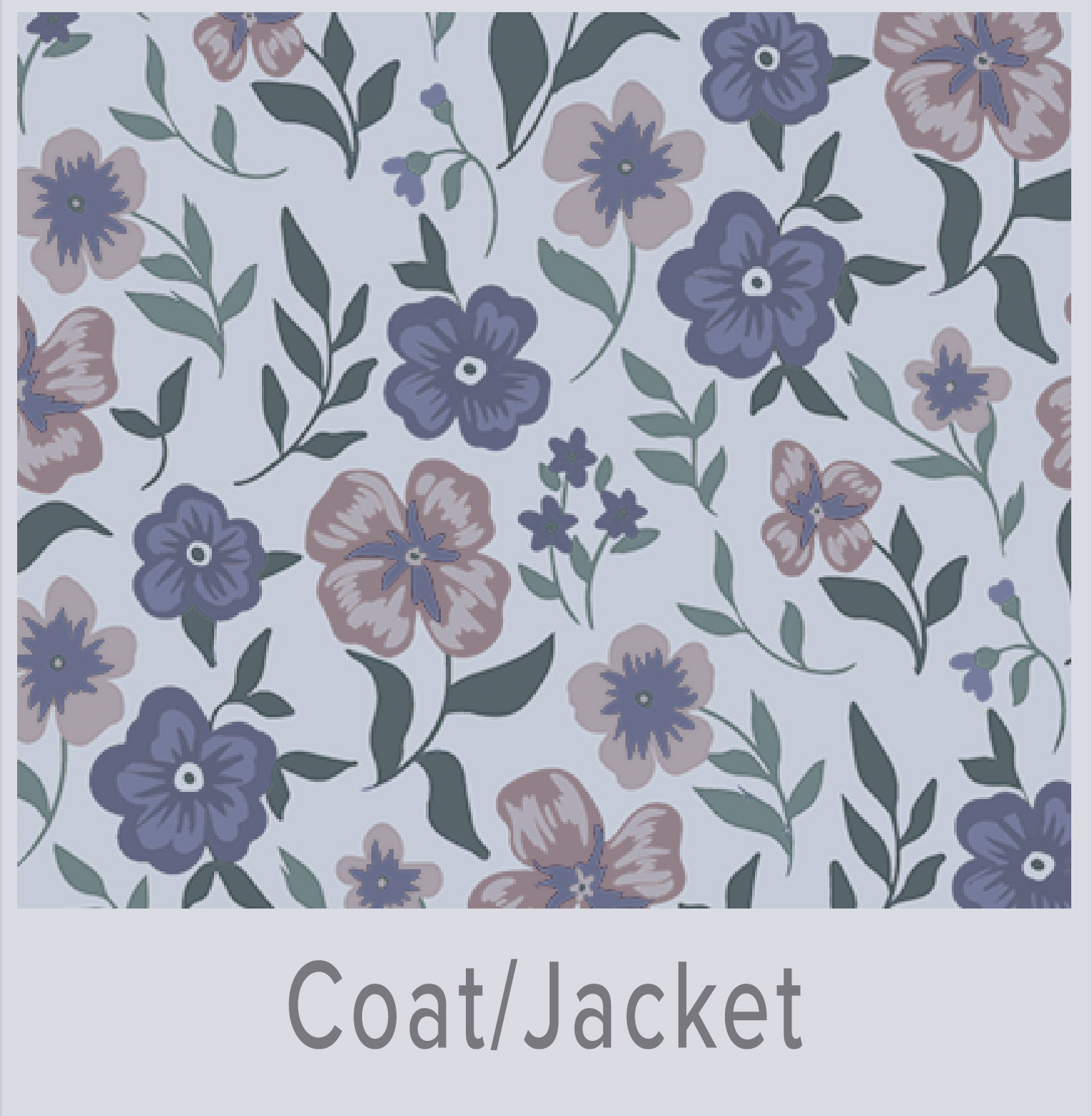 Shop C Color Spectrum 1
Shop C Color Spectrum 1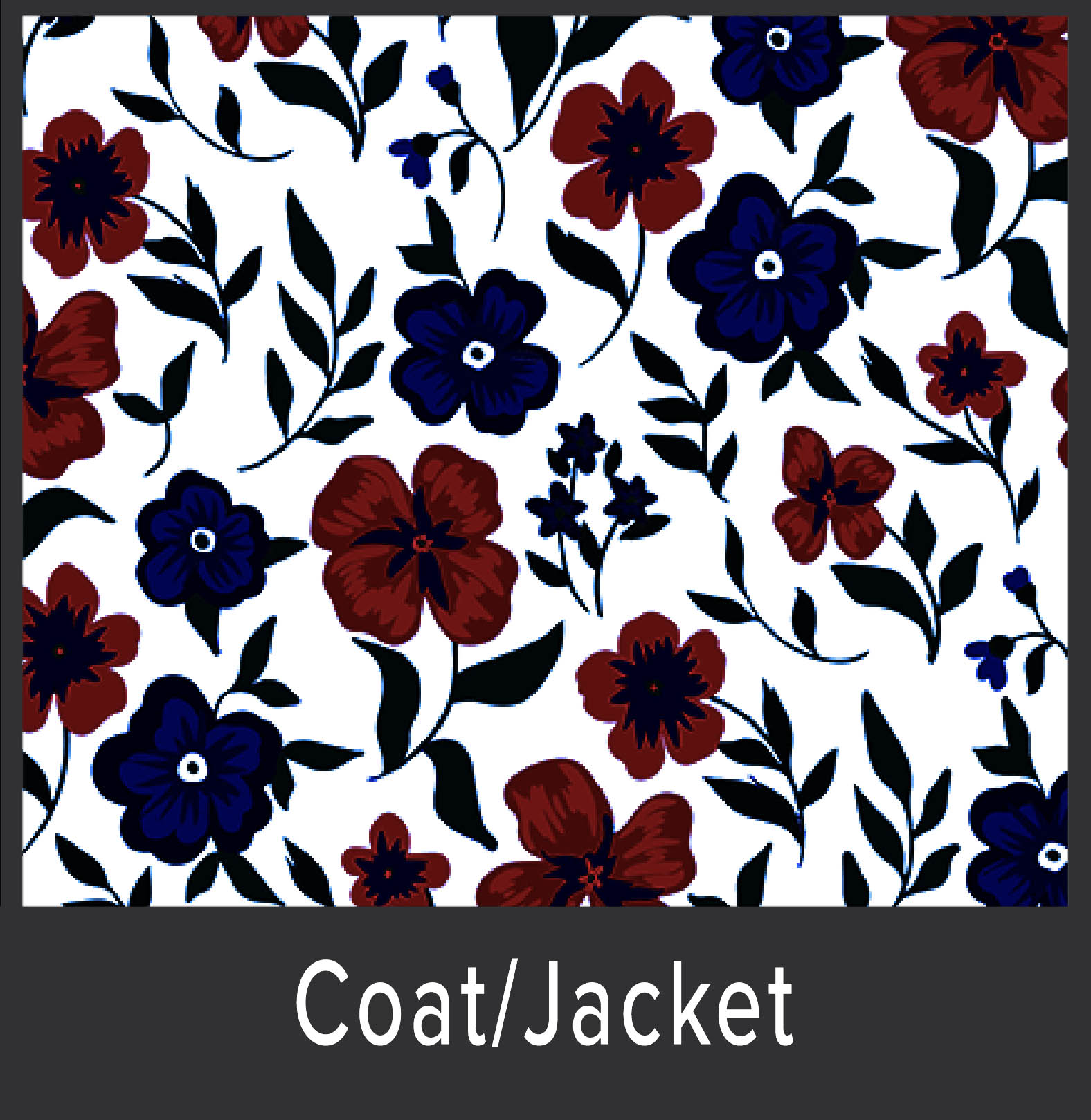 Shop C Color Spectrum 2
Shop C Color Spectrum 2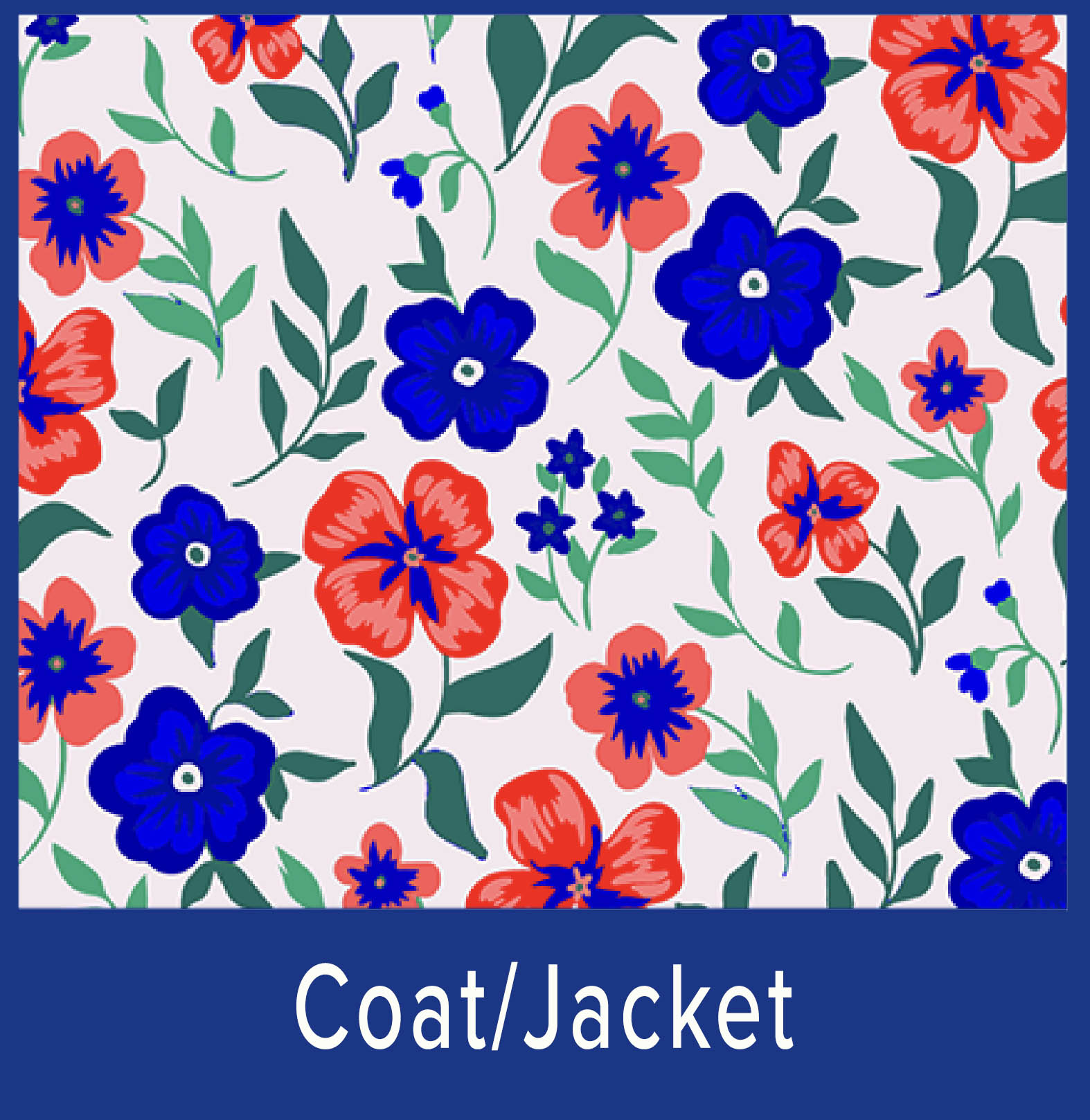 Shop C Color Spectrum 3
Shop C Color Spectrum 3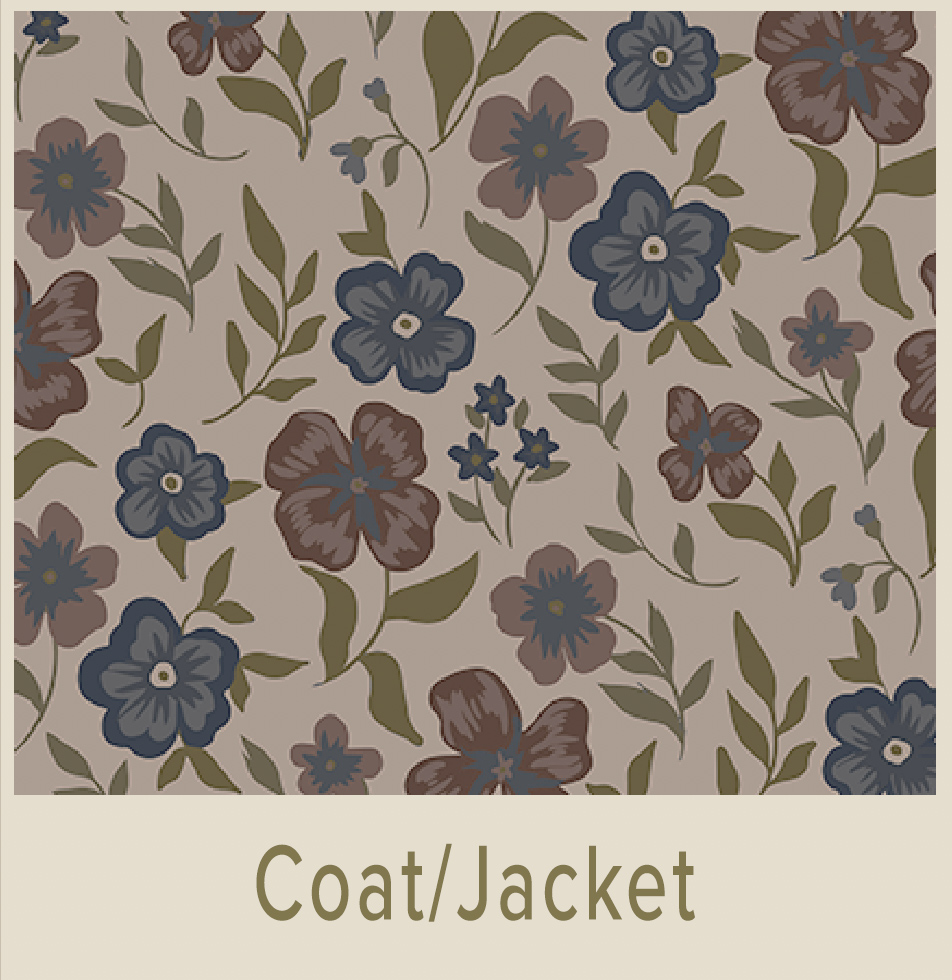 Shop C Color Spectrum 4
Shop C Color Spectrum 4






